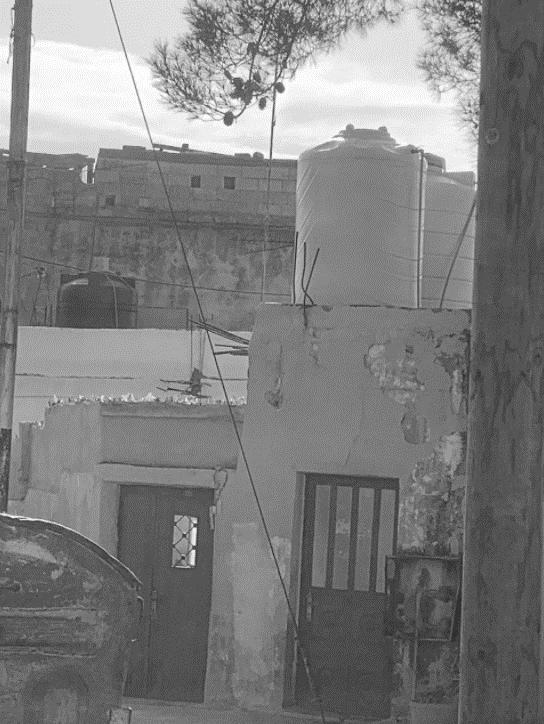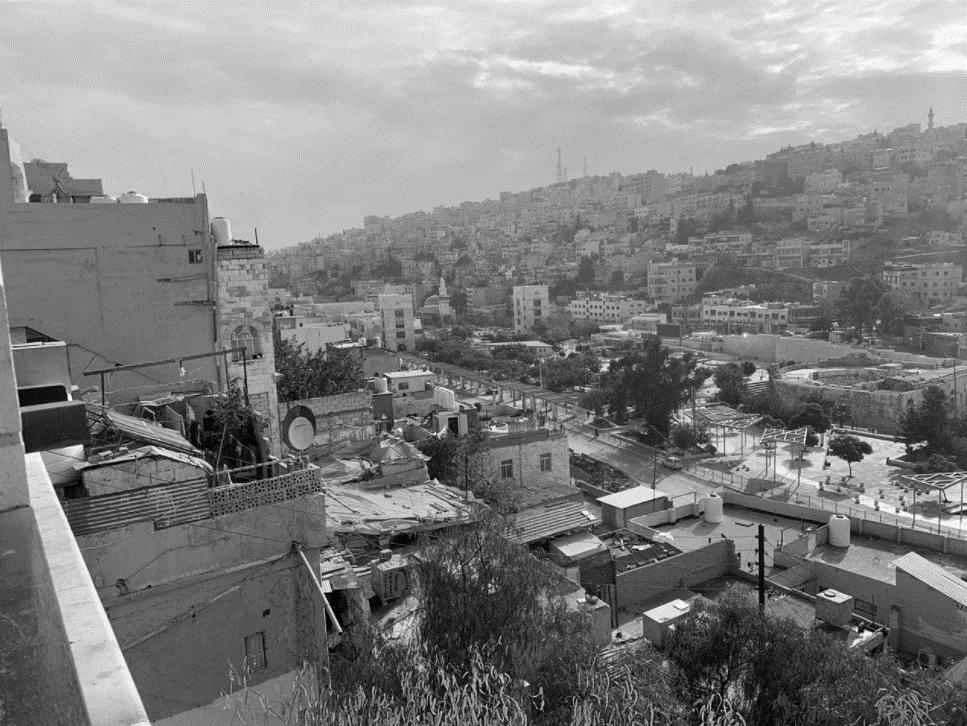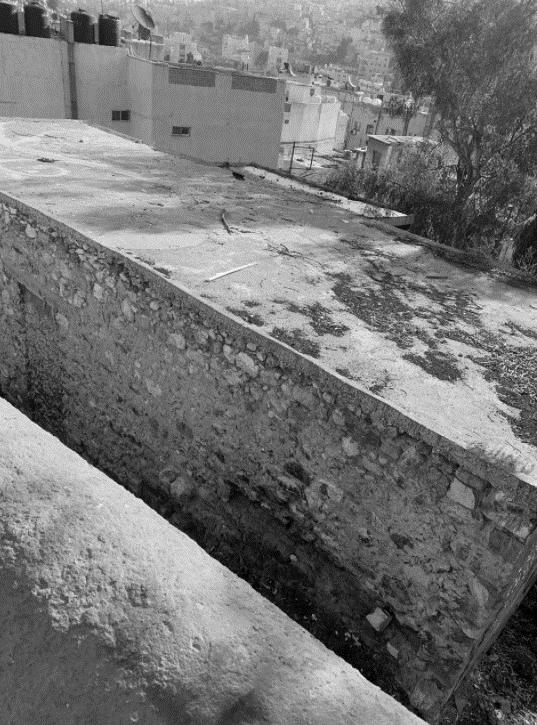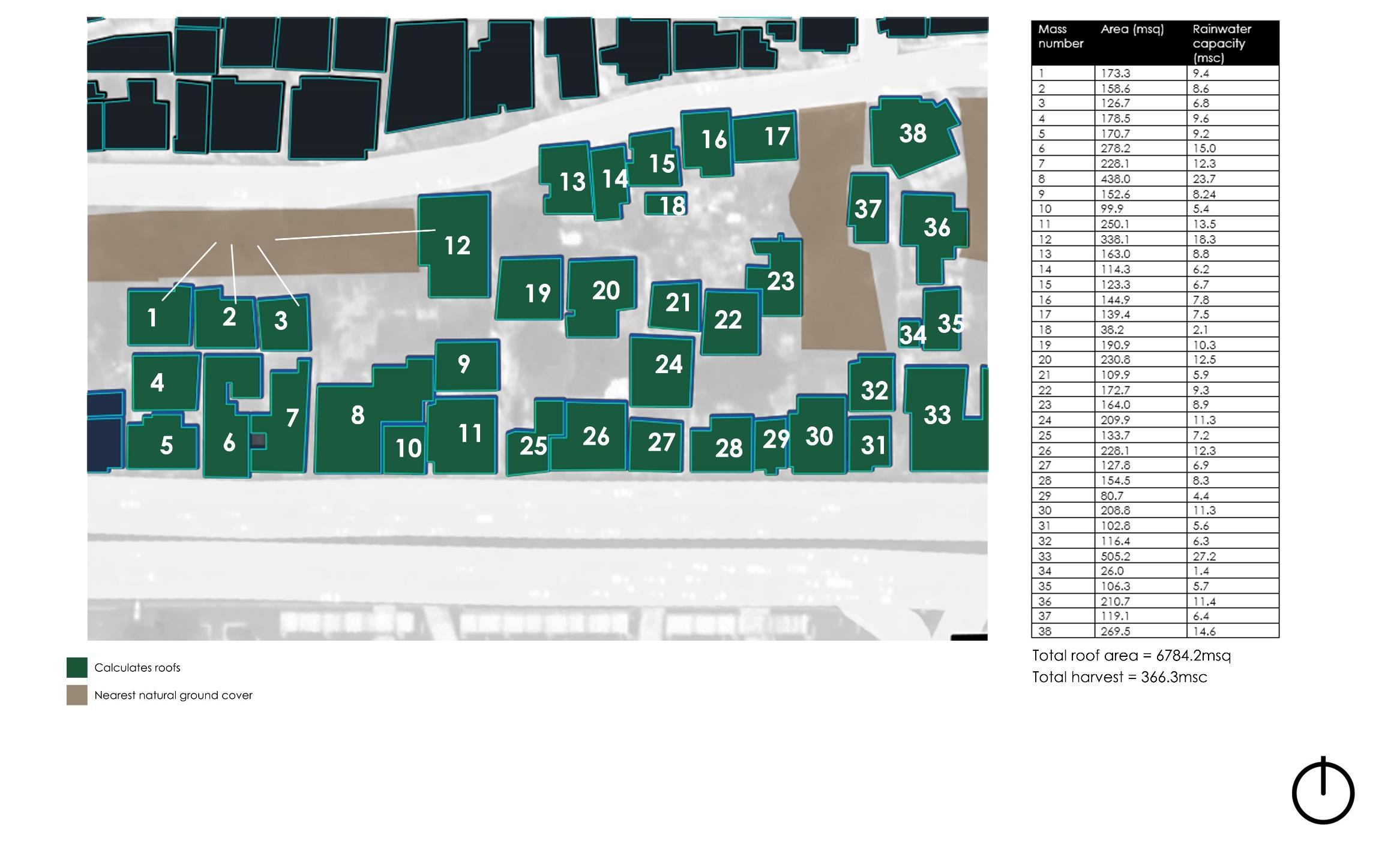
3 minute read
2.3.3 Occupied vs unoccupied buildings
Occupied vs unoccupied buildings
Overlapping zones with building occupancy indicates the nature of the vacancy, whether residential or commercial abandonment. However in mixed use building cases, it had to be mapped separately. As seen, many buildings are unoccupied, while many buildings are half occupied as well, with fewer occupied buildings. Not only does this tell us the nature of unoccupied residential buildings, but also outlines the potential each building has for intervention and what strategies would need to be taken into place.
Advertisement

Accessibility to roofs
As mentioned, roof accessibility plays a role in thinking of which buildings can be directly intervened on, whether unoccupied or otherwise, and how much of the roof runoff is shared or accessible to areas of circulation. As seen, many roofs are accessible on the strip, however labelled inaccessible due to the inability to reach smaller structures on the slope, despite their corresponding building height.

Conditions of roofs
3 levels of roof conditions were determined based on the decay of the roof through its materials, sheltering abilities, and the effect on runoff quality. Roof qualities influence the runoff quality, and since no roofs have green roofs, and instead, host scrap, sheets and decaying plaster with no parapets, runoff quality is influenced negatively, and inhabitants are not sheltered from the environment properly.

Terrible roof condition



Plastic and corrugated sheets. Lots of scrap and clutter worsen the runoff quality of water. Terrible roof maintenance also means poor protection from weather.

Poor roof condition



Poor roof conditions are mainly of cement plastered, but can contain corrugated sheets. Poor parapets and dirty surfaces as well as accessibility make these roofs vulnerable.


Rainwater analysis
The current water situation – water usage and rainwater

Rainwater volume and runoff against open and public spaces
By multiplying rainfall density by area, you can get an understanding of rainfall volumetrics.
With the volumes and quantities of rainfall, once multiplied by the percentage of which runoff occurs per permeable surfaces, an estimation of runoff quantities in these public spaces are calculated, outlining the severity of urban runoff in this critical and vulnerable urban strip.

A thorough analysis on all masses of this urban strip was conducted to estimate the benefits of water harvesting on (optimistically and potentially) all these roofs in the urban strip. This was done by multiplying the daily rainfall reading of 55mm against roof area. The results of potential rain harvesting and quantities of direct roof runoff are evidential that roof harvesting would go a long way in mitigation. Total volumes of water in areas 1, 2 and 3 of the strip are 5438.6msc, 6784.2msc and 4070.2msc respectively. This amounts to 16,293 meters cubed of water harvested, only in one day. For this water to be utilized and not wasted in very promising.

Roof harvesting capacities - 1

Roof harvesting capacities - 2

Roof harvesting capacities - 3











